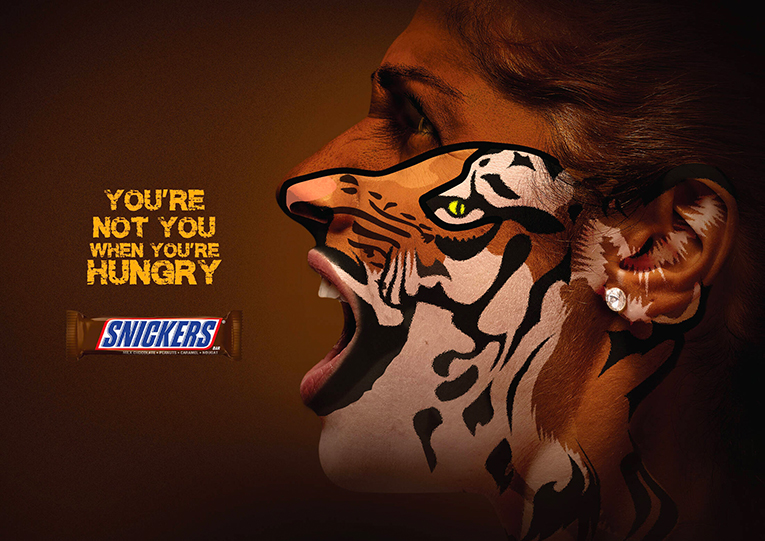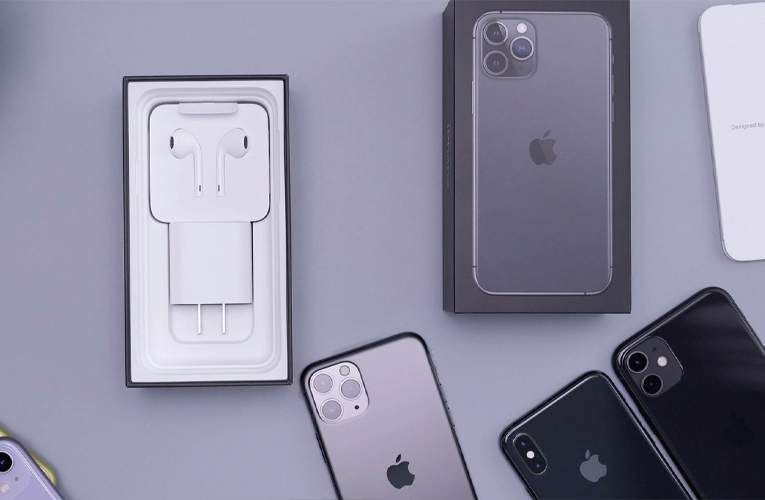Picture your favourite brand. Now, let me ask you something; when you pictured it, did you picture a logo?
Yes, that logo is probably memorable, or timeless or brilliantly designed (or all of the above). But that’s not why you thought of it when I asked you to picture your favourite brand.
You thought of it because that’s the most recognisable part of a brand as we know it. In actual fact, your brain has made a connection between ‘my favourite brand’ and an entire business or organisation. That connection is an emotional one, and it’s all encompassing.
So how did an entire organisation infiltrate your mind so successfully? And how can yours do it, too?
Successful brands are emotionally intuitive
If you take any given category of business, pool all of the various players (both big and small) together and then boil away all of their advertising and marketing and design, you will eventually end up with a selection of organisations that – by and large – pretty much do or sell the same thing.
That’s not to say there are no distinctive points of difference, but the differences at a product or service level often greatly diminish. So why have some of those businesses risen up when others have plateaued, or even declined?
It’s because those businesses have understood that consumers are people, and people are driven by their emotions. Every rational decision we make is heavily influenced by our emotions – anyone who has ever been food-shopping on an empty stomach will testify to this (so much so that a particularly enterprising brand coined it as their entire raison d’etre). From a branding perspective, this means understanding what brings your consumers joy and what causes them pain. Armed with this information, you can then start setting your stall out as the brand that provides that joy or alleviates that pain.
From a branding perspective, this means understanding what brings your consumers joy and what causes them pain. Armed with this information, you can then start setting your stall out as the brand that provides that joy or alleviates that pain.
Consumers rarely ever bat an eyelid when they see a brand claiming to be the “best” at something: this is because Brand X being “the best” doesn’t affect them. It doesn’t appeal to their emotions.
Successful brands are all-encompassing
Discerning how human emotions work is only half the battle. The other half is understanding that in order to properly cement a connection with your intended audience, you need to be making and reinforcing that emotional connection all the time and everywhere.
Of course your visual identity is important, but so are the things that your sales staff say. So is your website, your customer service and your returns policy; so is how you dispose of waste and how you supply energy for your office; so are the ads consumers see and the app they downloaded to track their delivery. All of it – plus everything else I didn’t mention – is your brand.
If you’re only hitting those emotional beats in your advertising, then you won’t create a successful brand; every interaction, every experience and everything you do or say needs to be consistent with forging that emotional connection. If your adverts promise your audience joy but your onboarding process makes them invent new swear words that would make a sailor blush, then your brand will become synonymous with nightmares, instead.
So how can you do it?
Getting it right takes a lot of work, but the good news is that it’s also very doable and, at a high-level, only really takes two steps.
Here are the two things you need to do in order to carve out your own successful brand.
1. Do your research
The only way you’re ever going to know what your audiences need is by asking them. My general rule of thumb is: “you can’t think you know, you need to know you know” (catchy, I know). The basic premise is that you need to avoid working with assumptions.
Conduct research and find out what things your audience is looking for beyond your product or service. Do they want to feel that they’re in safe hands? Do they want to feel like they’re being well-treated? Do they just want you to make life easier for them? What emotions are driving them when they make purchase decisions for your product or service? The first key step is finding this out.
2. Keep it consistent, one step at a time
Once you’ve carried out your research, you should have a solid understanding of what your audience will respond to. You will know what makes them happy and what makes them unhappy. From there, you can start crafting how you’ll meet these needs.
We refer to this as developing your brand platform – a consistent foundation that can act as both a starting point and a sense-check for any decision you make across the business. Simply put, if it doesn’t align with the brand platform then it’s not the right call.
Once you’ve got your brand platform, you need to embed it deeply into the very fabric of your organisation – you need buy-in from every single person within your company. They all have a role to play in propagating your brand platform; the decisions they make on a day-to-day basis need to align with it. Your brand starts with them. Your brand starts within.
After that, you can start tackling external touchpoints and delve into as much detail as possible, ensuring they’re all pulling in the same direction. That might be something as huge as restructuring entire operational processes or as simple as deciding what kind of chairs you want in reception. Whether it’s big or small, bring everything together by building up from your brand platform.

If you do these two things, you’ll start creating emotional connections with your audience: those emotional connections will make your business perform better when the sun is shining, and they’ll make your business more robust when times are hard.
They’ll supercharge advertising campaigns and reduce the cost of acquiring new business. They will make retaining customers – and gaining new ones – easier than ever.
The emotion you’ve tapped into will create an unshakable connection between your customers and your business. And, one day, when you ask someone what their favourite brand is, it might just be yours.
Ready to start your branding journey? Get in touch with our experts.





